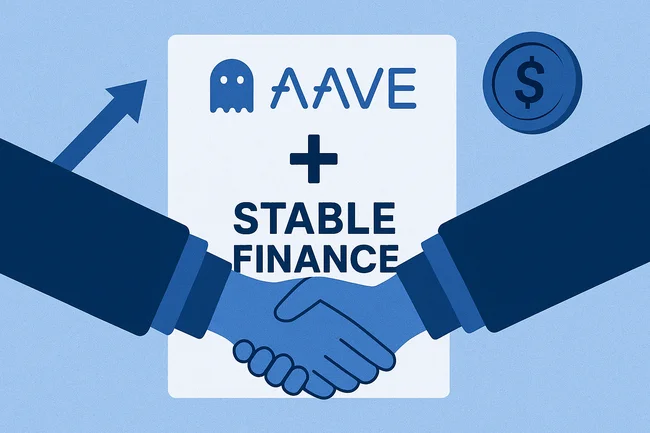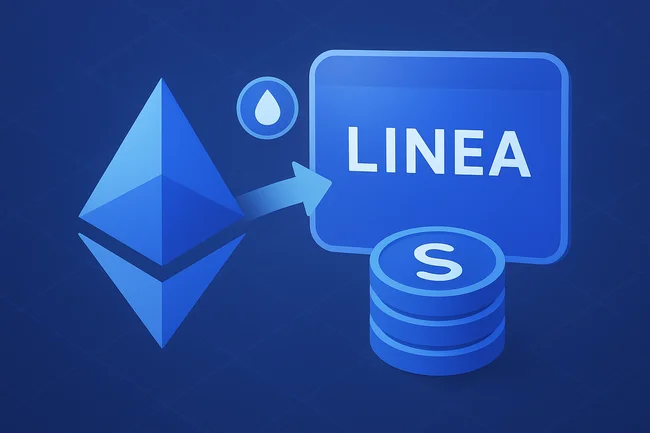A bottleneck node refers to a part of a blockchain network that limits its overall performance or efficiency. This type of node struggles to handle the volume of transactions or data being processed, causing delays and slowing down the network.Bottleneck nodes can emerge for various reasons. They might have limited processing power, insufficient bandwidth, or inadequate storage capacity. When too many transactions are routed through these nodes, they become overwhelmed, leading to longer confirmation times and increased fees.In decentralized networks, bottleneck nodes can impact the user experience and scalability. If a significant number of nodes are bottlenecks, the entire network may experience congestion, reducing its effectiveness and reliability. Addressing bottleneck nodes is essential for enhancing the network’s performance. Solutions might involve optimizing node configurations, increasing resources, or redesigning the network architecture to distribute the workload more evenly across nodes. This helps to ensure faster transactions and a more seamless experience for users.

China Reaffirms Strict Oversight on Virtual Currencies at Financial Street Forum
China’s central bank reiterated its tough stance on virtual currency activities as the 2025 Financial Street Forum Annual Meeting opened



